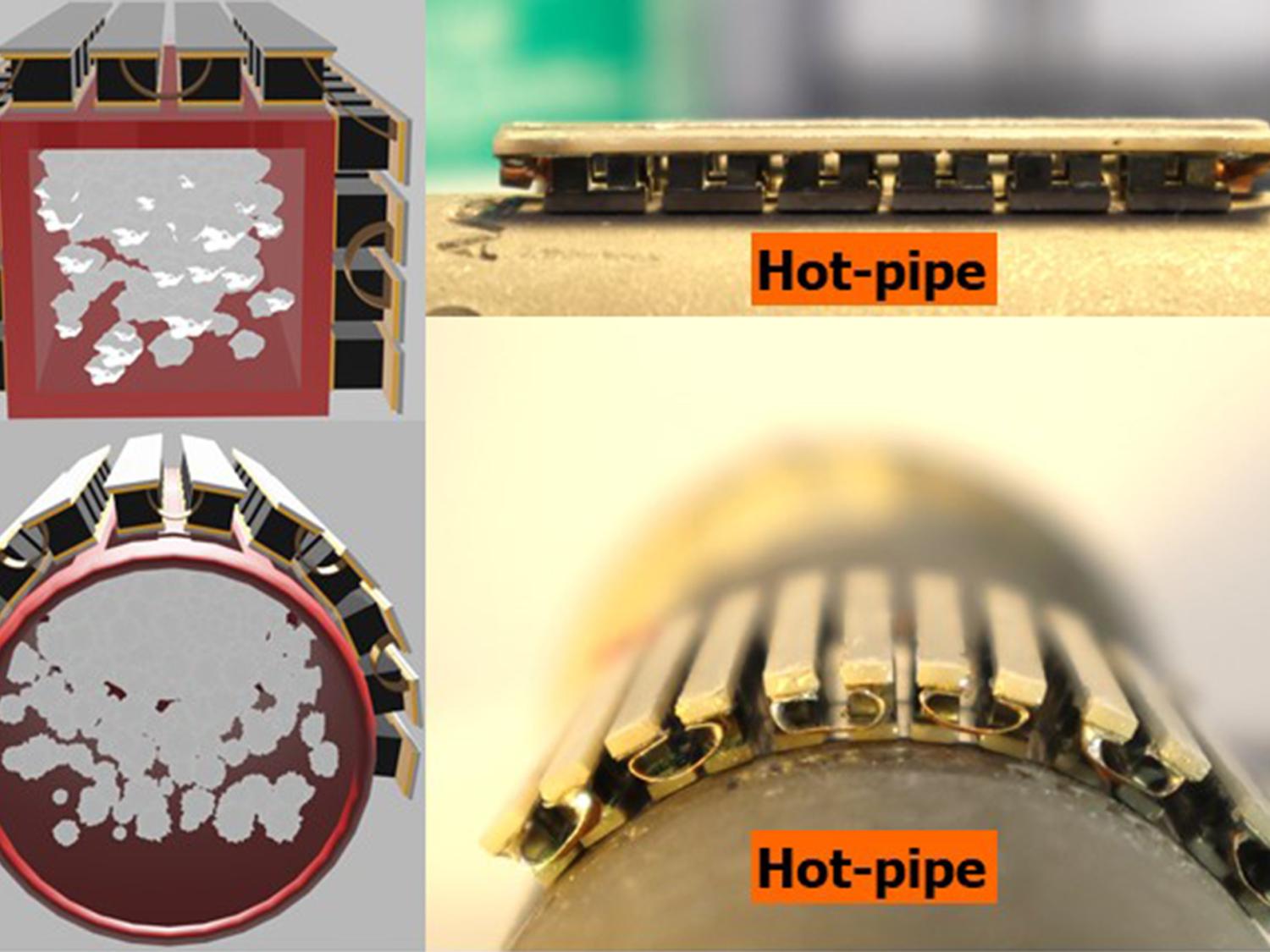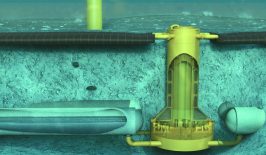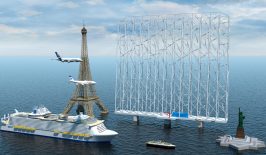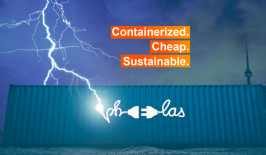Almost all electrical devices emit heat, as do many other industrial processes. In the vast number of cases, the generated heat is a waste byproduct which is simply allowed to dissipate into the atmosphere. However, if that heat can be harnessed properly, it could become a potentially powerful source of electricity.
The technology to do just that has existed for sometime, but it comes with issues. One of the most salient is the fact many thermoelectric generators come in stock square shapes which are difficult to conform to the wide variety of heat-producing devices.
This is where new research at Pennsylvania State’s National Renewable Energy Laboratory comes in. They have been working to tackle this issue and create flexible – and efficient – thermoelectric generators which can be fitted to a wide variety of different shapes and sizes.
Thermoelectric devices generate power by the transfer of electrons from a hot source into a cold sink, creating an electric current – the so-called Seeback effect. The Penn State team had previously developed much more efficient rigid generators on this basis, however these were unsuitable for objects such as pipes and exhausts.
The new flexible approach uses much of the same technology: pairs of wires of different metals known as couples. Usually these couples are networked together into blocks, but in the new device six couples were placed together on a thin strip, which is connected to another strip via a flexible metal foil. All told, 12 of these strips were connected together, creating a thermoelectric generator with 72 couples. Due to their flexible nature, all of the couples can be in surface contact with the hot source, greatly boosting their efficiency.
Usually, larger thermoelectric generators suffer from a reduction in power density and performance. To counter this, the new flexible generators feature liquid metal between layers which helps boost and maintain higher power density, even after scaling up. An added benefit of the flexible design is that it can be attached to surfaces without the need for adhesive, which can limit power generation.
To test the output of their new improved design, the Penn State team attached a prototype thermoelectric generator to a gas flue. They discovered that their improved version exhibited 150 percent higher power density than other state-of-the-art units. A scaled-up version, just over 6 centimetres squared, also maintained a 115 percent power density advantage over other models. Overall, it managed to generate a total power output of 56.6 watts when placed on a hot surface. For comparison, a full-sized residential solar panel of around 1 metre square could generate between 240 and 400 watts per hour.
It is hoped the new, more efficient system could be used in a wide range of applications. Shashank Priya, associate vice president for research and professor of materials science and engineering at Penn State, explained:
“Think about an industrial power plant with pipes hundreds of feet long. If you can wrap these devices around an area that large, you could generate kilowatts of energy from wasted heat that’s normally just being thrown away. You could convert discarded heat into something useful.”
Thermoelectrics is certainly an intriguing avenue for power generation, allowing us to harness a previously wasted resource, It could help to make some heavy industrial processes become more circular, by giving power back to the grid with little interference.
Another innovative project experimenting with thermoelectrics was even able to turn the night sky into a massive generator, allowing renewable energy to be generated a night, as well as during the day.









